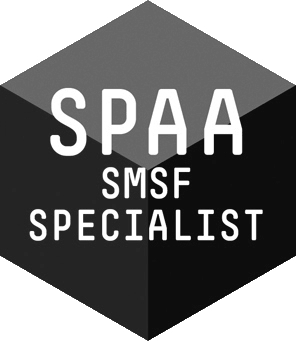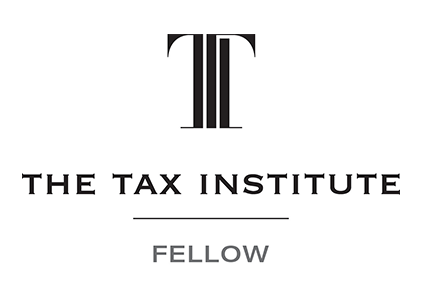
With Australia now opening back up after the COVID restrictions, unemployment is tipped to fall to the lowest rate in just over 50 years – down to under 4%. If over the coming period you hire new staff, there are certain steps you should follow to cover off on your tax, workplace, and superannuation obligations.
1. Confirm if the worker is legally permitted to work in Australia
Australian citizens, permanent residents, and New Zealand citizens are legally permitted to work in Australia. If the worker does not fall into these categories, you must before employing them, confirm they have a visa granting them permission to work here. For more information, visit the Department of Home Affairs website https://immi.homeaffairs.gov.au/visas
2. Employee or Contractor?
Establish the nature of the engagement – is the worker an employee or contractor? This matters from a tax perspective because employers will have PAYG withholding obligations to employees. By contrast, no PAYG withholding obligations are owed to contractors unless there is a PAYG voluntary withholding agreement in place. You and a contract worker (payee) can enter into a voluntary agreement to withhold an amount of tax from each payment you make to them. This is a good way to help independent contractors meet their tax obligations. A voluntary agreement can cover a specific task or apply to successive arrangements between you and the worker. Either you or the contractor can end a voluntary agreement at any time by notifying the other in writing.
The employee/contractor distinction also matters for superannuation purposes. Employees are generally entitled to superannuation. From 1 July 2022, this also includes employees who earn less than $450 per month. On the other hand, contractors are not entitled to superannuation unless they work under a contract that is wholly or principally for their labour. While in many cases, the status of a worker may be clear cut, if as an employer you are in any doubt about the character of the relationship, then you are encouraged by the ATO to use their Employee Contractor Decision Tool. The tool asks the user a series of questions and then reaches, as a result, depending on the answers provided. Print out the result and keep it on file. If you need further guidance or disagree with the result, speak to your accountant.
3. Paperwork
Before commencing employment, employees should complete the following forms:
- TFN declaration – this is so employers can work out how much tax to withhold from employees.
- Standard super choice form – to offer eligible employees their choice of superannuation fund. Employers must fill in the details of their nominated super fund, also known as a default fund, before providing the form to an employee.
Note that employees can now access and complete pre-filled commencement forms through ATO online services via myGov
4. Request stapled super fund
If you now take on a new employee and they don’t choose a super fund, employers will have an extra step to take to comply with the choice of fund rules. That is, employers may need to request an employee’s ‘stapled super fund’ details from the ATO. A stapled super fund is an existing super account linked, or ‘stapled’, to an individual employee so it follows them as they change jobs. This aims to reduce account fees. Employers can request stapled super fund details from the ATO using ATO online services.
5. Confirm pay rates
An employee’s minimum wages, including penalty rates, overtime rates, and allowances will in most cases be set out in the relevant workplace Award. Additionally, some employees have special minimum wages rates in their Award, for instance, juniors, apprentices, and trainees. Contact Fair Work Australia on 13 13 94 if you are in any doubt about the applicable rates.
On the Fair Work front, employers are also generally required to provide new employees with a Fair Work Information Statement.
6. State and Territory Obligations
Other issues may be in play when you take on a new employee, such as workers’ compensation coverage.
Our Management Credentials




